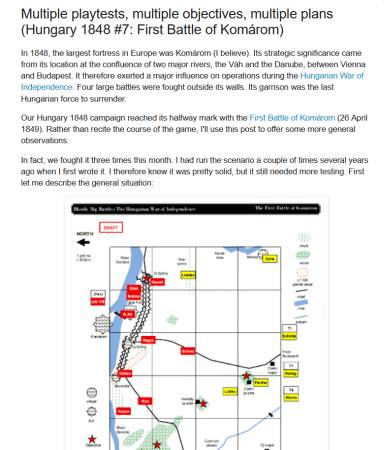For many years, gamers lamented that the largest ACW vessels available in 1:600 were the Hartford class vessels. Then Bay Area Yards began producing the hulls for numerous ships of the line. The catch? There were no masts. The more industrious among us developed ways to produce acceptable masts for these hulls, but it was a time-consuming task that rarely looked totally right. In fact, it was likely the single biggest factor dissuading gamers from purchasing these hulls. The responses ran along the lines of "I can't be bothered to make masts", "I don't have the skill", and "I don't have the information I need."
Recently, Bay Area Yards rectified this problem with the addition of masts to their product line. There are two types - a simple rig for smaller vessels, and a set of 'full ship rig' masts.
For this article, I will take a set of the latter and document my experience assembling it and fitting it to a hull.
The masts arrived from Bay Area Yards quickly, and in excellent condition.

Each mast kit comes with three sprues which cover - logically enough - the foremast, the mainmast and the mizzenmast. Each sprue includes the mast (a single piece including the mast, fighting top and gallant mast, and topgallant mast), three yards (main, top and topgallant), and a boom. The foremast sprue includes a bowsprit, and the mizzenmast includes a yard for the spanker sail. All the yards have furled sails cast to them.
I had a hull for the USS Ossipee sitting around (it had been languishing because I hadn't made masts for it yet!), so this was the perfect candidate for seeing how the masts worked with the Bay Area Yards kits.
The bowsprit was easy to trim from the sprue, and fit nicely into place on the bow of the resin hull.

Next, I cut the foremast from the sprue. It's a good piece, but it lacks a rigid wire core. This means that - like so many other metal-cast gaming parts - it's possible to bend the parts out of true. Fortunately, a little time with the needle-nose pliers had the mast trued up again. To this mast, I glued the lower two yards. The picture below shows the mounting peg for the mast - it's both long enough and wide enough to provide a firm mount to the hull.


Next step was to add the gaff boom. This picture shows off the furled sails hanging from each yard.

Assembling the mainmast followed the same steps, though the dimensions of the parts are slightly larger than the foremast.

Here is the USS Ossipee with all parts assembled and dry-fit into place. The stack was a piece of spare styrene tubing from the parts box, cut to fit.

Here is a side-by-side shot of an early casting of the Ossipee (on the left) with scratchbuilt styrene masts, with the current project sporting the Bay Area Yards masts (on the right).

Here is a close-up of the foremast assembly.

Here is a close-up of the mainmast.
I recommend rigging the masts. In some cases, this is done purely for the 'cool' factor. In this case, it's actually modeling imitating real life. While the masts have a fair degree of rigidity, they need a bit of help to avoid accidental bends and kinks. Rigging helps prevent these problems from happening.
A visit to one of my FLGS yielded some very thin-gauge steel wire. I like the.015 diameter stuff. This is thin enough to be believable, yet thick enough to provide support. Cut into short lengths, the steel wire is rigid and takes a bit of load. It's perfect for modeling the standing rigging.
Depending on the mast height, I drop in two or three wires per side for the standing rigging, and add additional supports between the bowsprit and the foremast, and the foremast and the mainmast. It's not just pretty, but it's doing what its real-life counterpart does - taking the load off stress on the mast and supporting that.
To ensure the fit, I use a pin vise to drill small pilot holes to the deck. Next I fit the wire in place, cutting it down until it fits. Lastly, I apply a good cyanoacrylate to each end of the wire, and fit it into place. Yes, this is tedious slow work, but the results really pay off.
Here is an overview of the port broadside, showing the standing rigging that's been installed.

Here are the bowsprit and foremast close up. (How did I miss the black paint on the lower yard? And that hatch cover…ugh! Oh yeah… this article is about the masts - not the paintjob...)

Port quarter shot, showing main and mizzenmasts.

And here is the starboard broadside, with the scratchbuilt masts behind for comparison.

Here is the side-by-side comparison. The work-in-progress USS Ossipee is on the right, and the completed scratchbuilt masts on the left.









